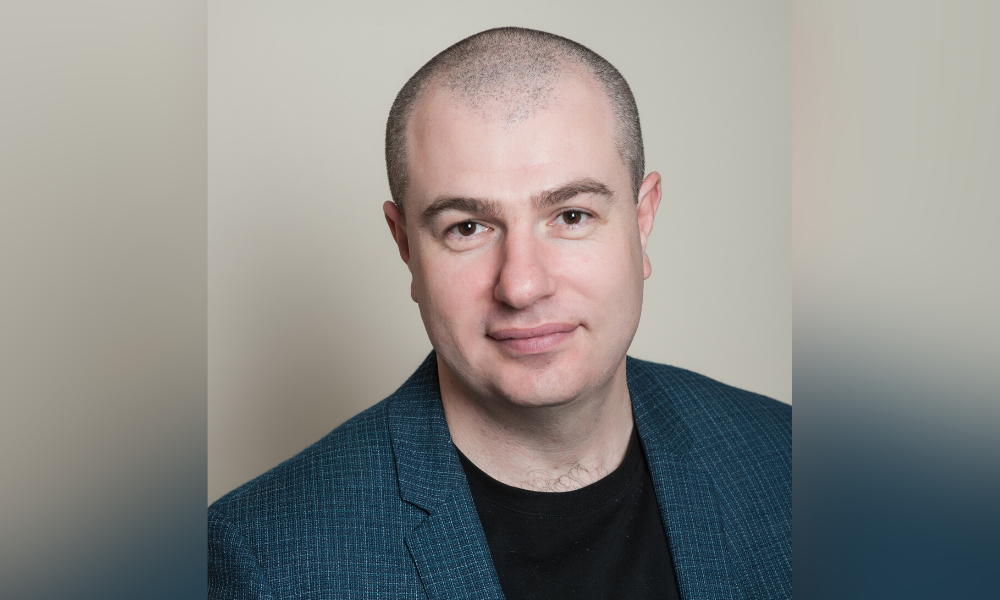Don't be afraid of the reputation of the past – this offering is different

The rise of non-QM lending amid a softened housing market has given rise to anxiety, particularly among those who remember the wild days of the subprime mortgage meltdown when loans were doled out to unqualified borrowers.
Worry not, says Alex Shekhtman (pictured), of California-based LBC Mortgage, a mortgage broker with over 20 years of experience in real estate. To anyone who asks about how no-doc loans have changed since the financial crisis of 2008, he is eager to say: Don’t worry (and be happy) given the safeguards inherent in the current iteration of such loans from those of the past.
The reason for his comfort level: Today’s no-doc loans require a down payment and a minimum FICO score.
“There’s no stated income as there was before,” he said. “Before, you stated on your application ‘I make $20,000 a month’ you put no down payment, and nobody checked anything. As long as you had a pulse and a FICO score you got a loan. Right now, they call it a non-QM loan which is basically similar to a no -doc loan. Most of these loans are designed for self-employed people. What changed from back in the day is you have to put a down payment, say 30% down, and the lowest is 10%. That’s probably the biggest difference from then and now.”
Today’s no-doc loans can be secured with a FICO score as low as 640. “But with 640, it’s going to be a rate so high, so they still have OK credit,” given prevailing standards, Shekhtman said. “Before, credit was important, but they were doing much lower FICO scores than now. It still makes sense for the bank to lend.”
Bank statements also figure prominently, he added, giving the example of a restauranteur seeking a loan in today’s market – say one making $50,000 in sales. “They deduct $20,000 as expense and the rest is income. It doesn’t make much sense, but they ask how many people are working for you, how many are marketing online. We’re going to use his bank statements. That’s the safety from the banks when they feel confident giving a personal loan because they know there’s skin in the game. He used his own payment, and he’s not going to walk away like a lot of people did in 2008 during the collapse.”
Read more: Redstone aims to ease non-QM lending
No-doc loans of today also cover investors, he noted. The cover for banks – as opposed to the free-wheeling days of the early aughts – is that banks will demand to know if the rental income on investment properties cover the loans payments. “If rent will cover the payment, banks will feel confident,” Shekhtman said.
Another big difference between now and then comes in the form of reserves, he added. “That’s another thing before we didn’t see. They want to make sure you have a reserves account, usually six months of payment for the mortgage payment. That’s also another layer of protection for the bank - they want to make sure you have extra reserves.”
With a retreat from financing amid increasing rates after a two-year, record-setting pace, non-QM has emerged as a viable pivot on which many lenders are focusing. But Shekhtman suggested the rising emergence of non-QM should not be seen as a desperate ploy for lender activity. Shekhtman doesn’t just talk the talk, but walks the walk, given that his firm’s lending portfolio includes 50% non-QM, he said.
Which is not to say that everyone’s doing it. “There are smaller banks who enable non-QM, but big banks don’t do it,” Shekhtman said, noting that the smaller banks in the game use hedge funds to monetize them as securities.
During an interview with Mortgage Professional America, he even went so far as to posit non-QM as a safer risk than FHA loans enticing borrowers with zero payment. “These loans are riskier even if a person works and shows income because he can lose his job tomorrow as a result of the pandemic, or whatever is going on. It’s still a safer option with non-QM than with FHA.”
Read next: Blazing the trail for non-QM lending
He acknowledged even his firm was slow to warm up to the idea of non-QM: “We didn’t want to do them when it just started,” he admitted. “We were very hesitant to start doing them because we remembered the bad days. It took us maybe one or two years to enter it because everything is new – new guidelines, new everything – and the banks weren’t confident in them also and were slow to get into it. But right now, everybody does it.”



